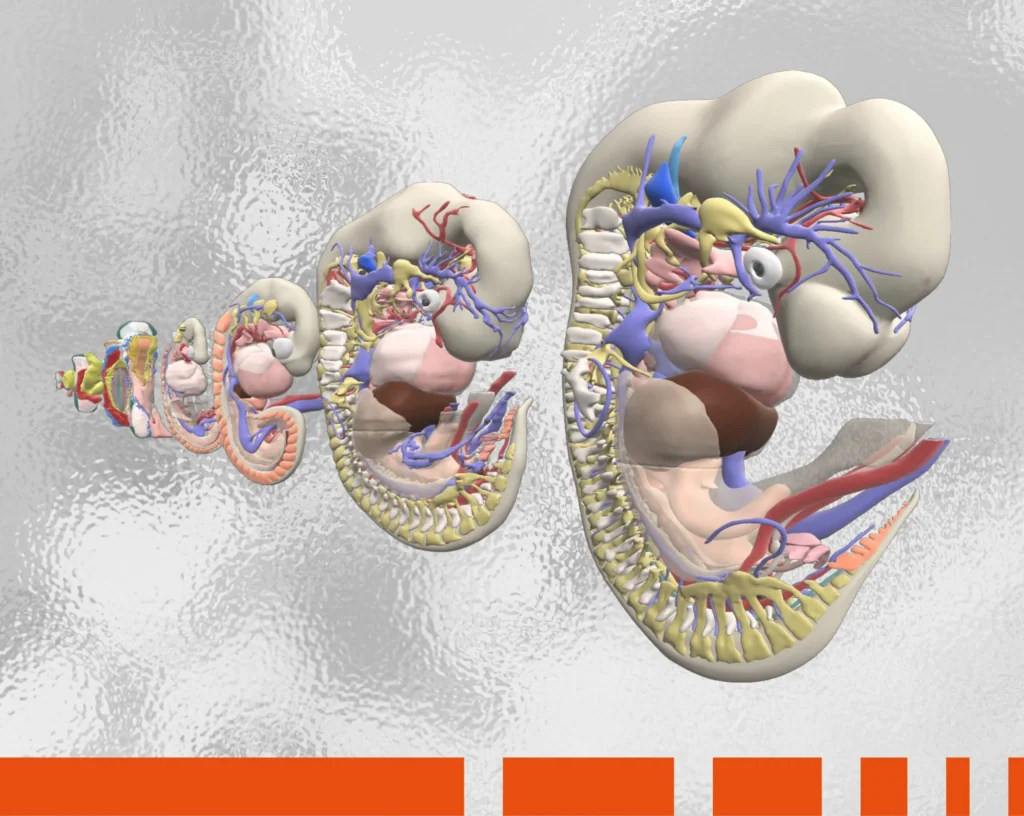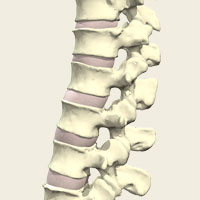When we set up WellBeing Clinics, my colleague Richard Nelson and I wanted to create a practice that patients really valued. Whether we like it or not, we are in a service industry and people do want to know that they are getting value for their money. We are always looking for ways to improve the ‘patient experience’ – because people do expect more – and we believe that if we exceed their expectations, they will want to come back.
To a certain extent, little things can make a difference. We have ensured that parking is easy, the clinic looks nice, there is a selection of up-to-date magazines in the waiting room (rather than the 1923 edition of Punch that they used to have in my dentist’s surgery) and that patients have access to tea or coffee when they arrive.
The saying goes that a picture speaks a thousand words and visual explanation really does improve understanding enormously.
However, we believe the major difference comes from the way we actually talk to and treat our patients. Our philosophy is to help our patients to understand what is wrong with them and how we intend to treat it. We have found that by being clear, confident and knowledgeable, patients are more likely to accept their treatment and comply with our recommendations.
"The saying goes that a pictures speaks a thousand words and visual explanation really does improve understanding enormously".
Ian Reed - Chiropractor
It’s easy to forget that our training has given us a very detailed knowledge of how the body operates. Many of our patients don’t realise that there is more than one vertebra – they think the spinal column is just one bone – so when it stops working properly, they have little comprehension of what has happened. Although a simple explanation can help, a visual demonstration can increase understanding significantly.
This ability to educate our patients with a powerful visual tool is invaluable. It’s a major factor in improving our service to our patients and has a tremendous effect on patient compliance and satisfaction.
We use a variety of visual tools within the practice to educate our patients including posters, anatomical models and 3D anatomy software from Primal Pictures. A model allows us to demonstrate movement and allows us to explain why they are experiencing pain when they move. But a model only shows them the bones and so we use the software to bring the body to life.
The software allows us to show our patients where their problem is – relating the actual pain or discomfort identified through physical examination, to the same point on the 3D image – and we can then rotate the image and add or remove layers to show them how their problem is affecting the muscles, nerves or ligaments. It’s a bit like leading the patient by the hand; the images clarify their understanding, they are able to relate the images to that point on their own body and can therefore make more sense of what is happening to them.
We also try to get the patients to reinforce their understanding through discussion and by encouraging them to ask questions. Visual demonstration provides more opportunity for them to ask questions and ensures both a better understanding and a higher retention. Whilst this initial education process is key to successful treatment, it is important to continue to explain what is happening at subsequent treatments; although a detailed visual demonstration is only necessary if a new problem arises.
"This ability to educate our patients with a powerful visual tool is invaluable. It’s a major factor in improving our service to patients and has a tremendous effect on patient compliance and satisfaction".
Ian Reed - Chiropractor
I came across a piece of research a few years ago about transmission effectiveness. The results showed that if you explain something verbally there is an 11% chance that the listener will understand it, but if you explain visually, there is an 83% chance that they will understand it because they are able to picture it. Combining a verbal and a visual explanation therefore gives you a 94% chance of getting your message across effectively.
The saying goes that a picture speaks a thousand words and visual explanation really does improve understanding enormously. This ability to educate our patients with a powerful visual tool is invaluable. It’s a major factor in improving our service to our patients and has a tremendous effect on patient compliance and satisfaction.
About Ian Reed
Ian Reed trained at AECC and qualified in 1992. He set up WellBeing Clinics in Derby with his colleague, Richard Nelson in March 2000. For more information on WellBeing Clinics, please visit www.wellbeingclinics.co.uk

